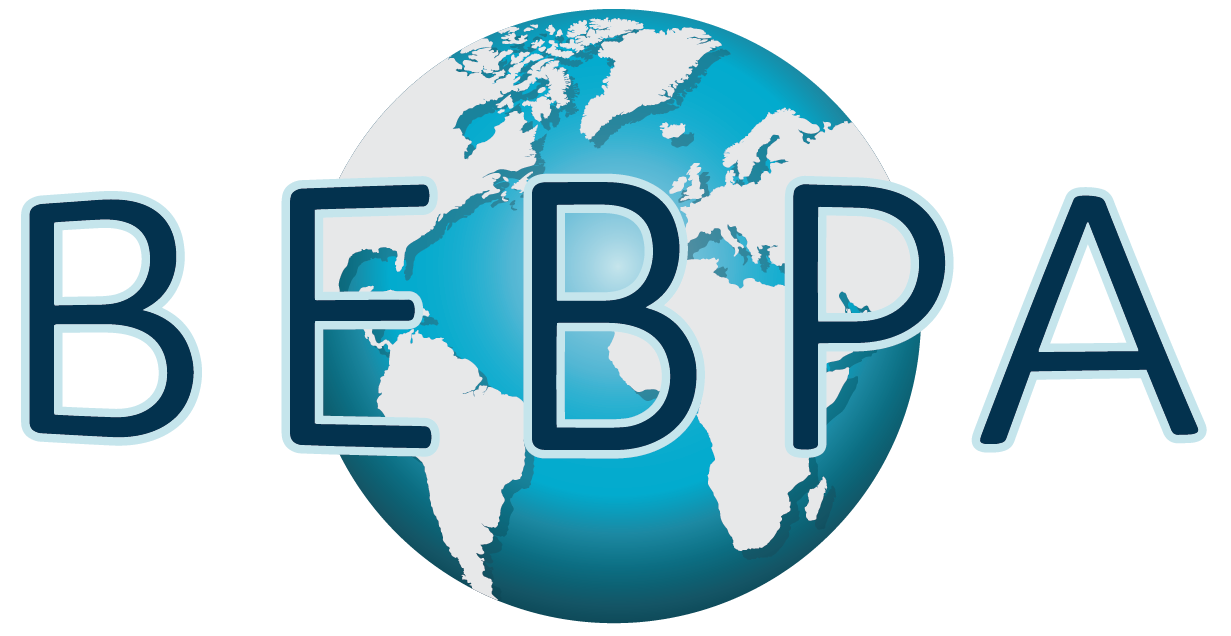Tech Briefing: Reference Material (RM) For Determining Potency of Biopharmaceutical Products
Product Reference Material (RM) for determining potency of biopharmaceutical products is a critical manufacturing reagent. In a commercial environment a company allows their product RM to run out, newly manufactured product cannot be released. If an instability in the RM is discovered, not only can newly manufactured not be released, but all recently released batches using the unstable RM must be recalled.
Tech Briefing: Improved Clearance of High Risk HCPs
In this year’s BEBPA Host Cell Protein Conference, we are featuring presentations covering some recent successes downstream process engineers have had in in improving the purity of biopharmaceuticals.
Tech Briefing: Developing Potency Assays to Support Early Phase Clinical Studies
The International Conference of Harmonization (ICH) just finalized two guidance documents which discuss analytical methods in depth: Q2(R2) Validation of Analytical Procedures Guidance for Industry (Ref. 1) and Q14 Analytical Procedure Development Guidance for Industry (Ref. 2)
2024 USB Conference Survey Results (PDF)
BEBPA Blog 2024 USB Conference Survey Results (PDF) View PDF Survey
Reference Standards for Accurate Validation and Optimization of Assays
This article was referenced in Dr. Zhiyong He, Biologist, NIST, at the 2024 US Bioassay Conference. Link to the publication below.
Before the Beginning Comes the Question: A Journey Through the Statistical Fundamentals of Comparability
Volume 1, Issue 4: Complex biopharmaceutical processes often require changes to satisfy production scaling, cost optimization, product safety and efficacy, and the constantly evolving regulatory landscape. It is critical that products manufactured in the post-change environment be comparable to those in the pre-change environment. Proper analysis of appropriate data are essential for demonstrating the required comparability. Regulatory guidance recommends following a stepwise approach utilizing a collaborative totality-of-evidence strategy. [1]
Mini History of the Potency Bioassay and its Regulatory Drivers
Volume 1, Issue 3: The concept of potency assays came into being specifically for biopharmaceutical products. Originally, these products were complex and ill-defined mixtures, produced in a natural system. (Like a horse! See photo of Jim below.) The products were not well-understood and rarely purified to any great extent. Sometimes, even the active ingredient was unknown, and our understanding of the Mechanism of Action (MoA) involved much hand-waving. Because of these characteristics these products were defined as a manufacturing process. The mantra “ the product is the process” was a well-known, regulatory concept driving our oversight of biologics for decades.
Tech Briefing: Pooling Industry-Wide Data for Determining Relevant HCPs
In the “early days” of BEBPA HCP Conferences, there always seemed to be at least one public request for companies to disclose information about HCPs in their products. My recollection is that these requests were always greeted with external nods of approval, but I think everyone was thinking internally, “Yeah, but what are the chances my company’s legal department is going to approve that.” In 2018 Vanderlaan et al. published a review article summarizing all clinical experiences with HCPs up to that time.[1] The case studies represented the major effects HCPs can have on product safety and efficacy: the adjuvant effect, cell line homologs of the product, immunogenic HCPs, cytokine HCPs, and HCPs that affect product stability. In recent years Regeneron published HCPs identified in 29 drug products,[2] and the BioPhorum Host Cell Protein Workstream Group published a list of common CHO HCPs reported in recombinant protein products.[3]
Tech Briefing: The Wonderful World of Potency Assays: Look at me now Ma!
The concept of potency assays came into being specifically for biopharmaceutical products. Originally these products were complex mixtures, produced in a natural system (Like a horse!). They were often ill-defined and rarely purified to any extent. Because of these characteristics, these products were defined as a manufacturing process. The mantra “the product is the process” was a well-known and guiding concept for regulation and oversight for decades. Vaccine products were some of these earliest approved biologicals.
Tech Briefing: Forced Degradation for CGT Products
The 2023 FDA Draft Guidance on Potency Assurance for Cellular and Gene Therapy Products makes the expectation clear that every lot of drug product (DP) will need to be tested for the potency to “achieve intended therapeutic effect”. Further, any lot release test(s) will need to confirm product potency meets acceptance criteria. Inherent with this concept, however, is the need to understand/know the mechanism of action for the cellular therapeutic so that one is confident that the potential bioassay/potency assay is reflective. Confounding this is the fact that CGT products often have multiple biological activities associated with them, and pinpointing those activities that are associated with the MOA (or even pinpointing the MOA itself) is not always straightforward.
